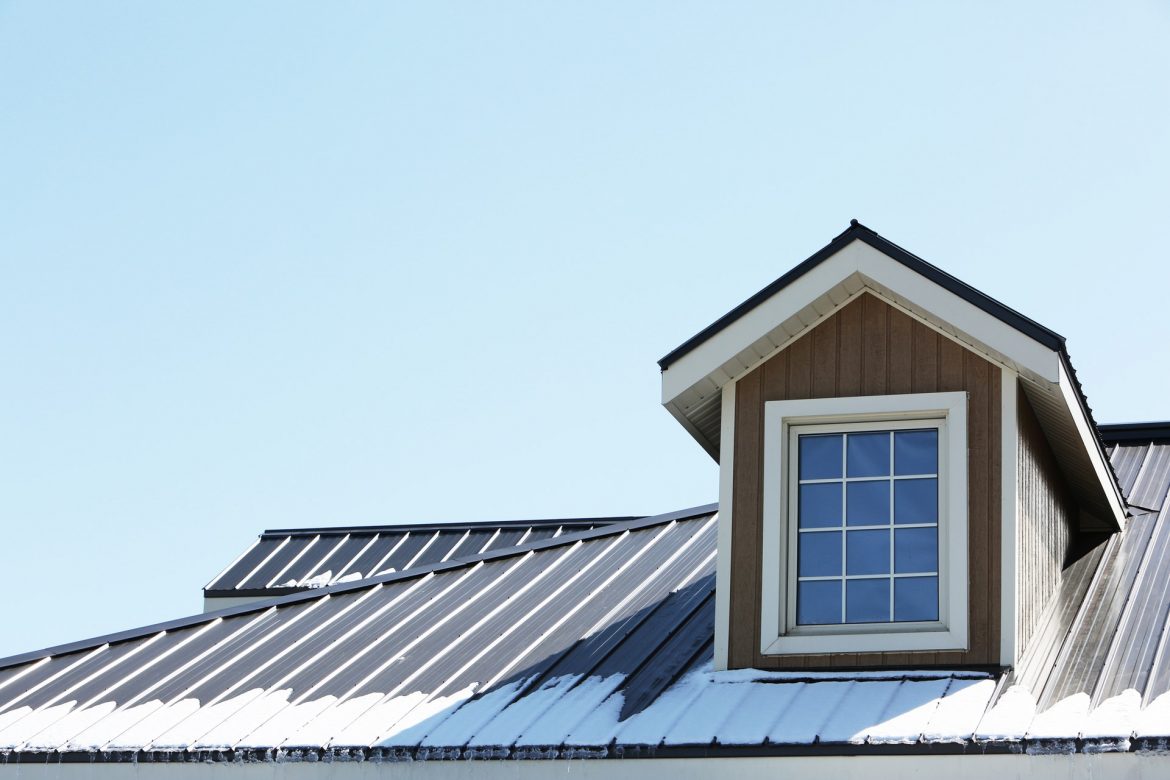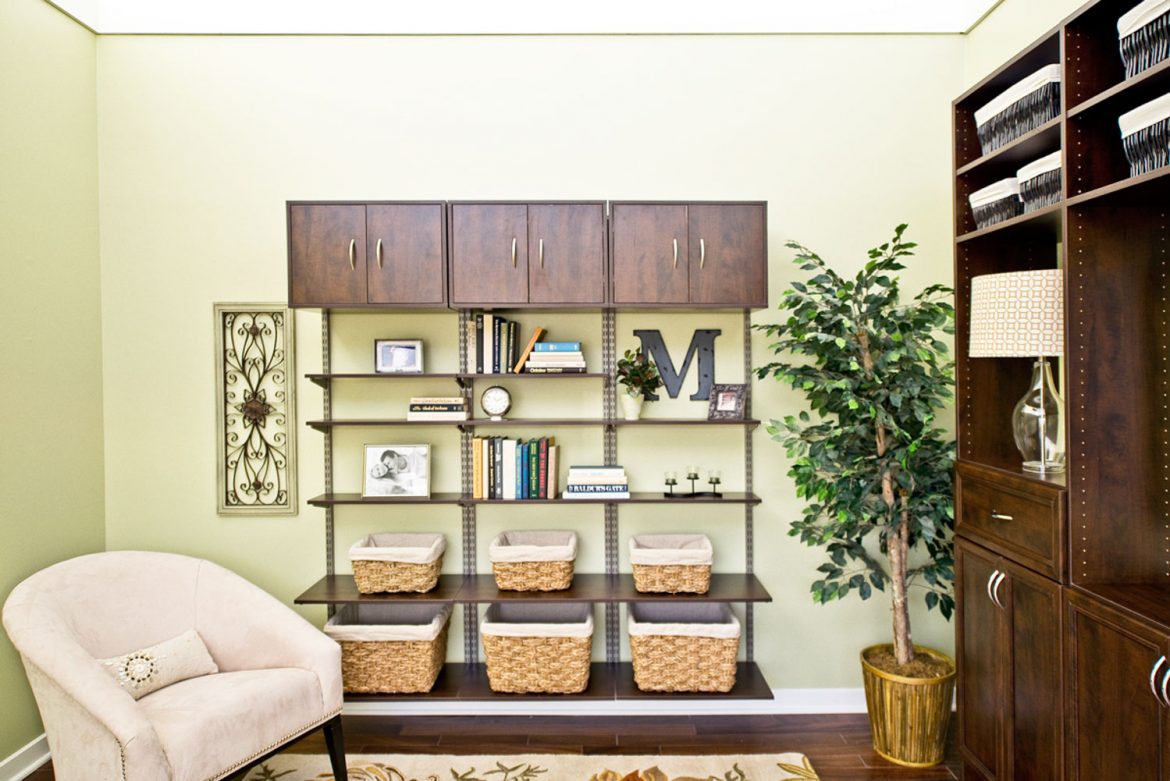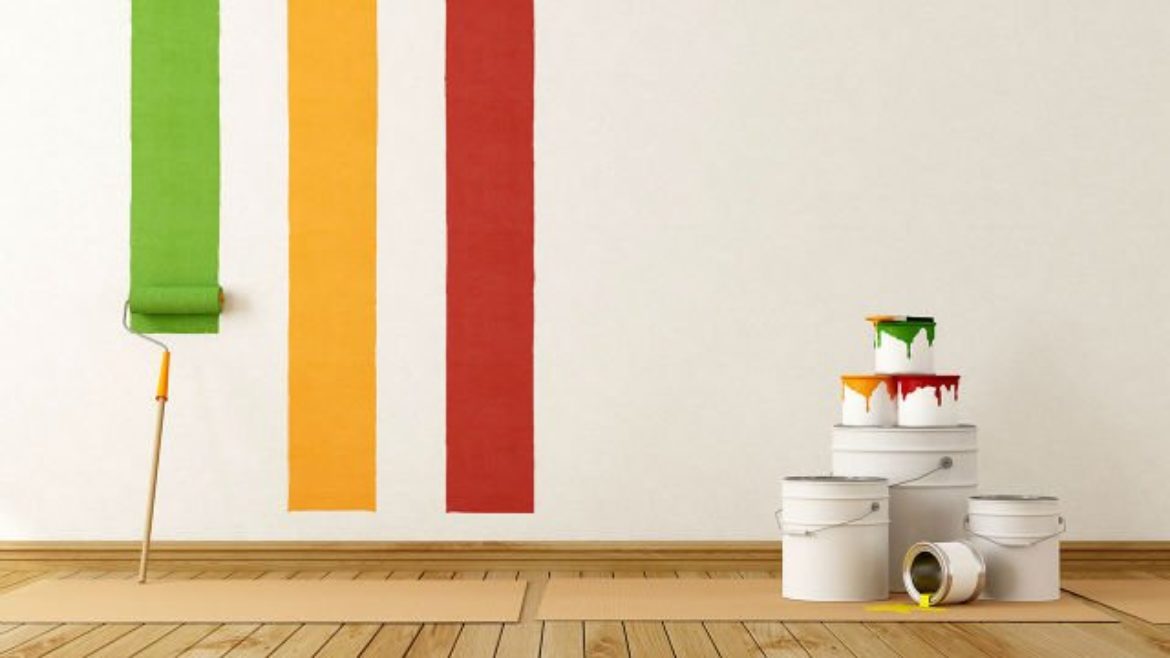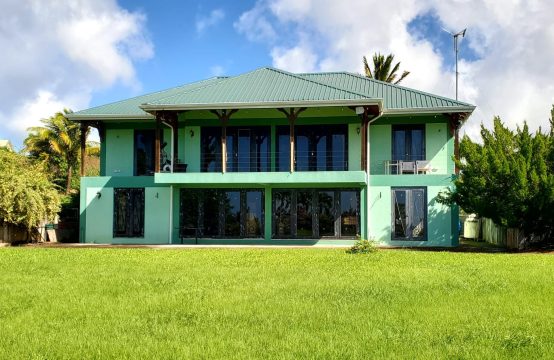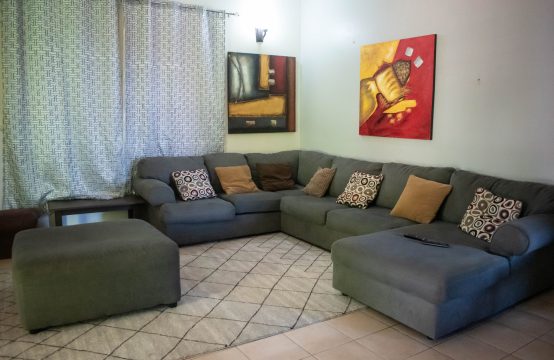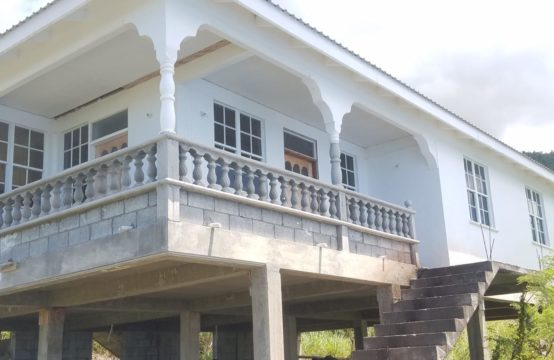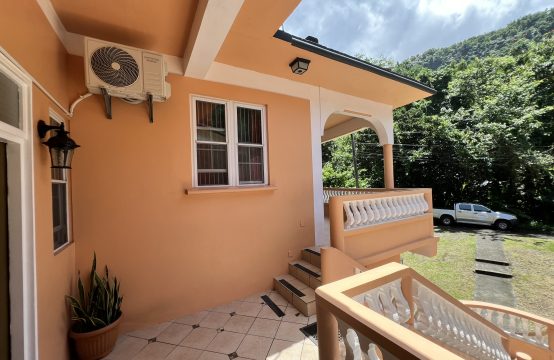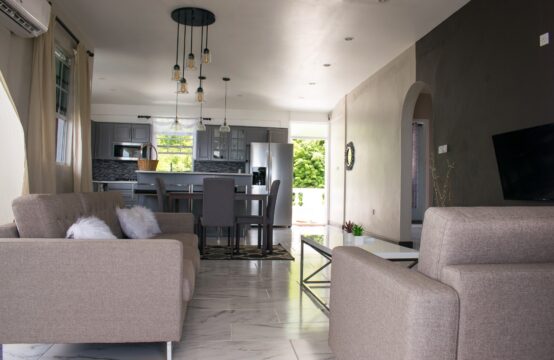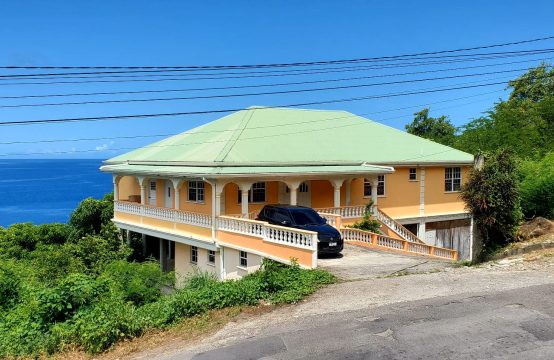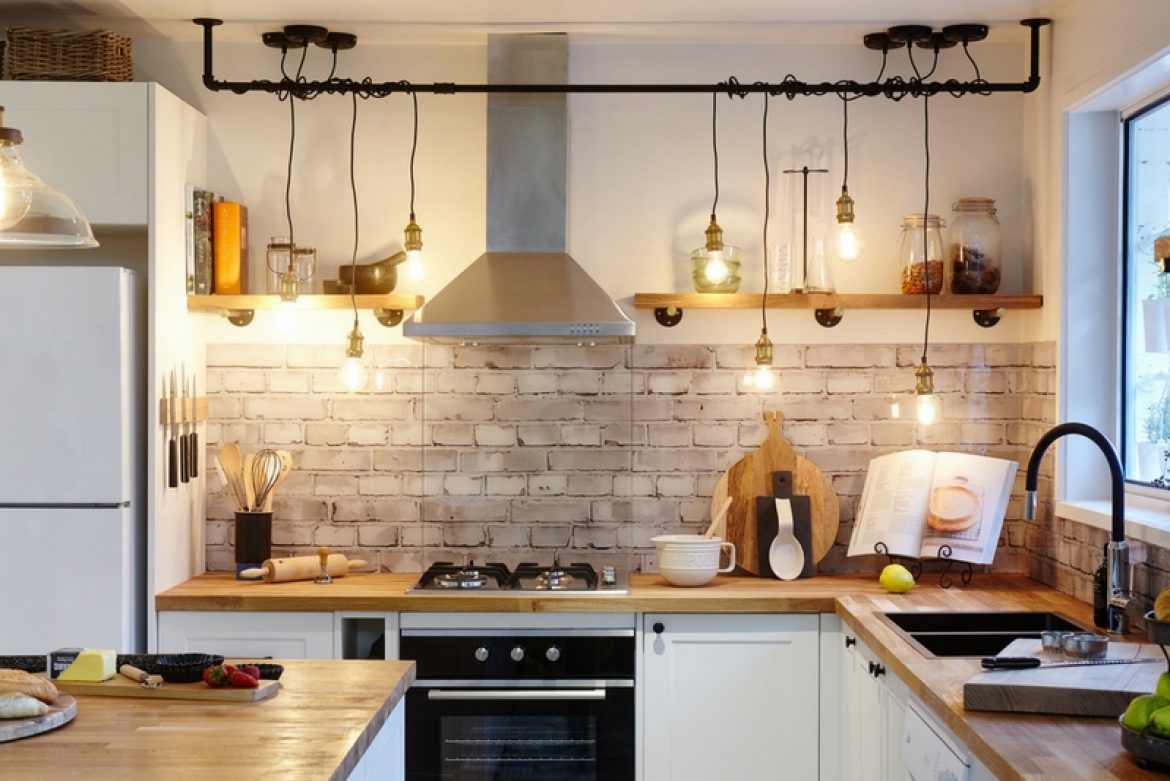
Are you tired of the current state of your kitchen? Is it due for an update but you are not quite sure where to start or the extent of the work that you should do? Remodeling or renovating any room in the home should not be taken lightly. A lot of thought and consideration should go into the process. Today we share 5 tips to keep in mind when renovating your kitchen.
- If you are considering renovating or remodeling your kitchen and you plan on doing more than simply repainting the walls and cabinets, or replacing the countertops it would be wise not to go at it alone. Consider hiring a professional to create an impactful and elegant design. Depending on the scope of work hiring an architect or an interior designer will essentially save you time and money by keeping you from making costly mistakes.
- If your kitchen is smaller than you would like use a light color scheme to make the space appear larger than it actually is. Dark colors minimize an already small space and makes it less appealing and welcoming. Using light colors combined with natural light has a greater impact on visually expanding a small room. Including a skylight or simply utilizing your windows to take in as much natural light as possible will aid in making the kitchen appear bigger.
- If your cabinets are still in good condition consider updating them rather replacing them. Simply having the cabinets cleaned, primed, and repainted with a high-quality semi-gloss paint can save you money while giving the kitchen a new look. If the cabinets are too outdated to be saved by paint but the structure is still good then consider having only the doors replaced.
- When it comes to flooring it is best to refrain from using hardwood floors in the kitchen. Rather, consider using porcelain tile or a natural stone surface. While hardwood floors have the advantage of being more comfortable they are not as resilient as a tile surface. Also, in an area where food is more than likely to frequently be spilled on the floor hardwood flooring is not the best option.
- Kitchen backsplashes not only help enhance the beauty of the kitchen by providing various tiling options, but they are also very functional. Having a backsplash will help make cleaning of one of the messiest rooms in the home easy. It protects the walls from the splatter of cooking which at times can be extremely difficult to clean.
Were the above tips useful? Share this article with family and friends.
If you need any clarification on this topic, feel free to email us at feedback@millenia.dm.

